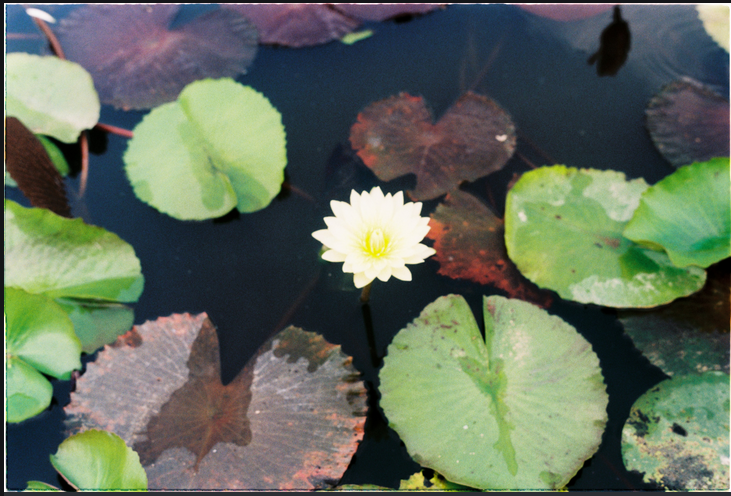One "Grain of salt" point to keep in mind: A camera with an unreliable/out of tune shutter will offer headaches. Applying 'correct exposure' to a camera with an incorrect shutter speed or aperture control will not give you the expected results - If you still see errors in future photos after applying better exposure methods, then explore gear issues. [And remember that some shutter designs may allow correct timings for some settings, but be fast or slow on other settings...]
The first step to getting correct exposure on film is to acknowledge that it is a skill, and that it takes time to develop and refine. We very much don't want anyone getting frustrated and walking away from film thinking that they'll never learn.
The second step is to also acknowledge that the methods which work for some don't always work for everyone. So you will want to explore options for picking an exposure, and learn what works for you.
The third step is to remember that mistakes happen, even after you think you should probably know better, and that's totally okay. [At least that is my excuse for forgetting to change my meter's ISO setting the other week after I ran out of ISO 400 HP5 film, and switched to ISO 125 FP4...]
On to actual useful content:
As said in other answers, the images do show traits of under exposure and then over-compensation. Your lab might be able to help you out and redo the scans/prints, but there is only so much that can be done with negatives if they drift too far 'out of spec'.
- You may be better off looking at these as experiments or lessons, and moving forward with your next rolls of film, instead of trying too hard to save these. There is little joy to be had in chasing 'fix it in post' on most images unless they hold some especially important value to you.
Sunny 16 works great for a general ballpark, and is pretty reliable to work with in black and white film, but may catch you up a bit more when working with colour film. And this is especially true if you're attempting to use it with colour reversal [slides] films, which are even less forgiving.
Switching to an active metering method, at least until you gain more confidence in "visual metering", would be advisable.
I would strongly advise photographers invest in an incident light meter, especially when using film. These are external meters that measure the light falling on the subject. You point it toward where the camera would be in the image [and remember to not cast a shadow on it, or wear overly reflective clothing...] so as to measure the light as it falls on the scene.
This removes the question of 'how much light does the scene reflect', and offers a far more consistent baseline to work off of.
[Personally I've enjoyed the small Gossen digiFlash 2 I've had for a few years, due to how compact and effective it is, but the price when new is a 'tad steep' for the interface.]
Consider looking at used meters for better deals.
Besides an incident meter, the next best options would be to use a digital camera to fine tune your exposure. Camera phones, and even dedicated light meter apps, can be useful here, and are far more practical than lugging a big DSLR along in addition to your film camera.
If you wish to get really advanced and detailed, then it is common to then reach for a Spot Meter, and use Zone System style metering to make sure you have 'exactly' what you're looking for in the highlights and shadows. But that is a very large subject with lots of strong opinions on the matter. [And many argue is best used for advanced black and white photography, and is less useful in general colour photography.]





